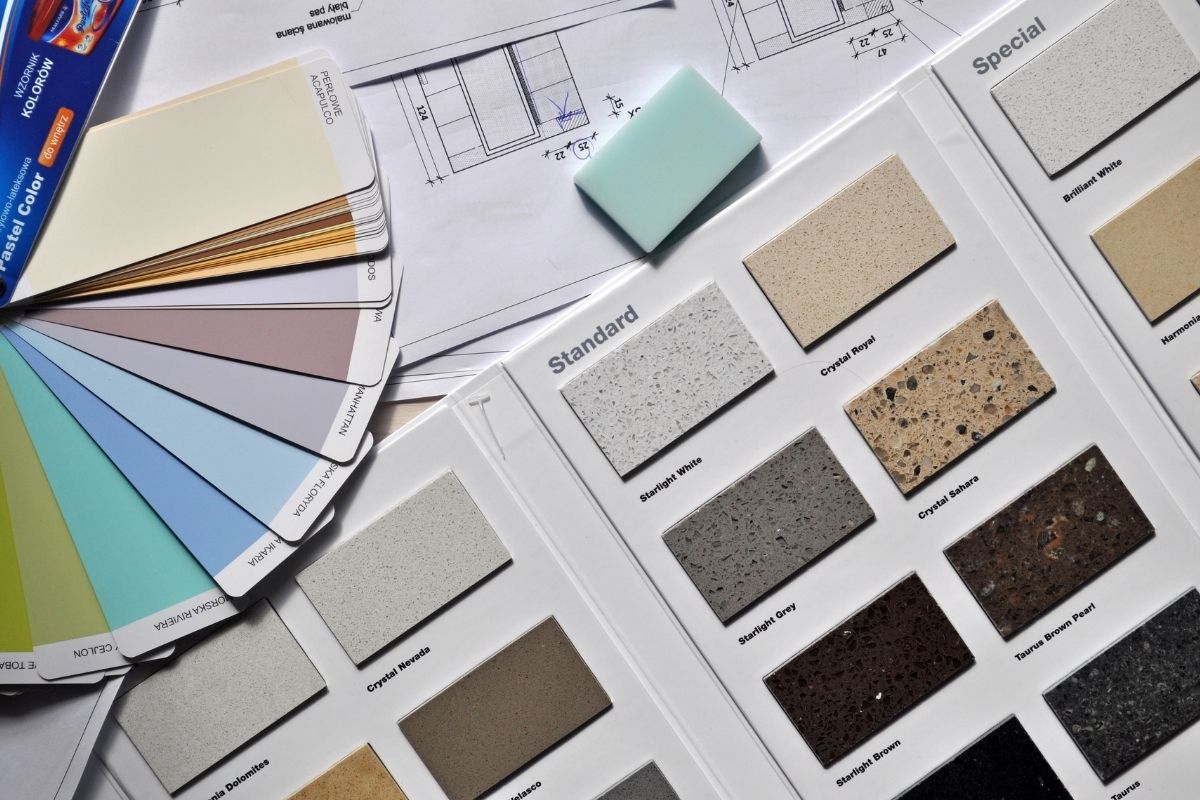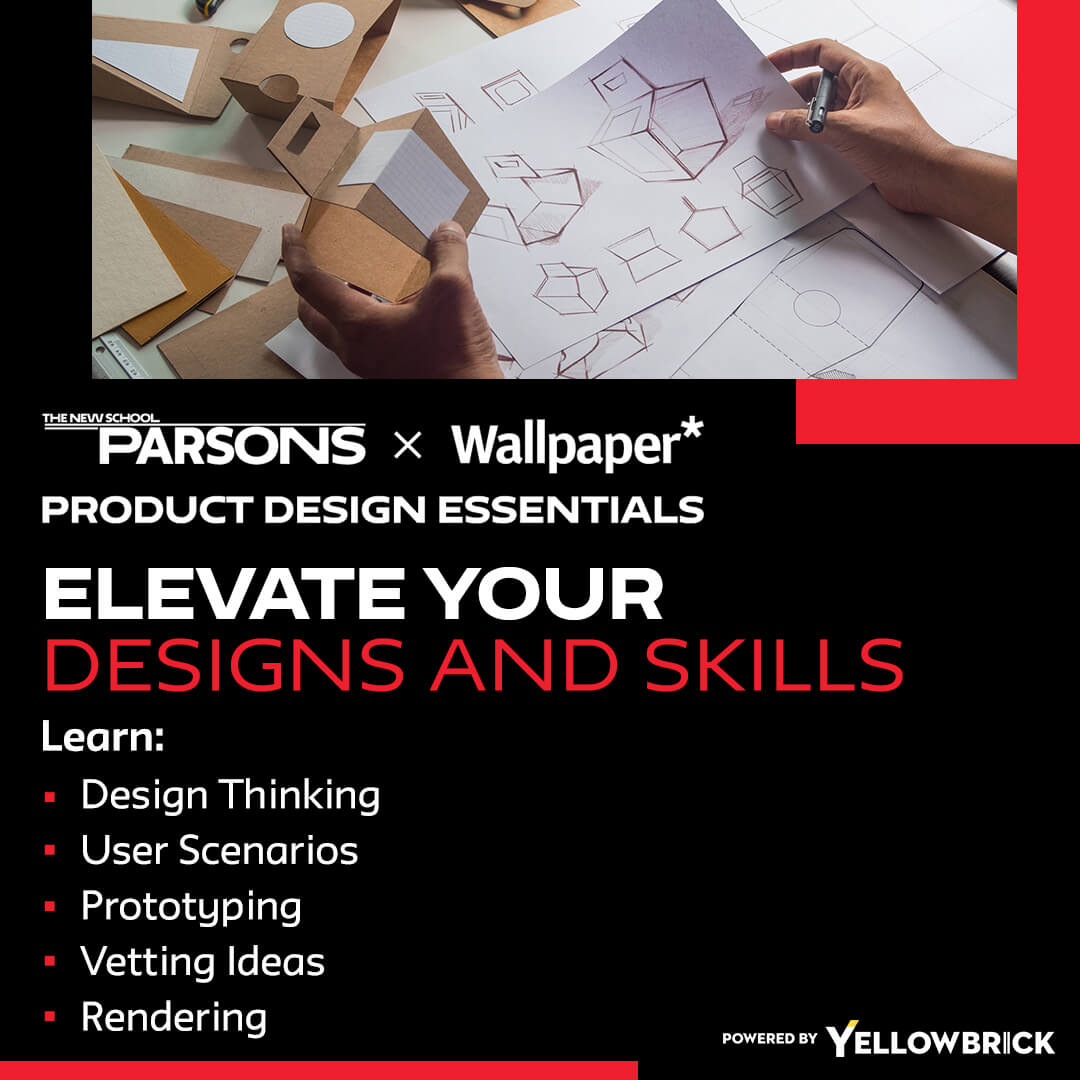How to Share Ideas on Developing a Product

Steph Mantis gives this advice on product design education: “Once you have a rough sketch and you’re starting to know the direction you’re moving in, you want to start thinking about materials. You want to start thinking about ‘How do I refine this?’ And ultimately, you want to think about ‘How am I going to communicate this to my fabricators, and my audience?'”
She goes on to explain, “If you can communicate it to your fabricators really clearly, you can use a number of tools. It can be auto-card; it can be solid works. I’ve designed stuff where I just put together a mood board. I say, ‘Like this, not like that.’ And I give that to a factory, and it communicates enough for them to get to the next sketch, which then comes back to me so I can critique that.”
Mantis makes it clear that at the end of the day, it’s about how you are communicating this idea of yours. You can use various tools for product design and product development. Pinterest, for example, is great for mood boarding. The Internet itself is a plethora of images that you can easily just start pulling out and organizing. It’s a source of online product design education. She personally likes things like Google Drive to organize concepts and uses spreadsheets to start her sourcing and pricing. Steph says she also likes Keynote.
“I think Keynote is really easy,” she continues. “It’s an Apple-based product. It comes on every Mac product basically. It’s cloud-driven, so it’s super easy to pull presentations together, share them, edit them, get them on your phone, get them on a tablet, get them on a desktop.”


